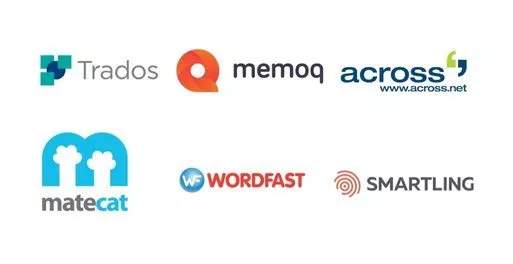CAT is an acronym coming from computer-aided translation. Some also call it computer-assisted translation. CAT software – some of the most well-known examples of which are SDL Trados, Across, memoQ, and Transit – are most commonly referred to as CAT tools. They’re designed to support a translator in their work, allowing a professional to make use of a machine’s speed and memory to increase the overall efficiency of the translation process. One of the many ways in which they do this is by creating a Translation Memory.

All of the tools are very similar and serve the same main purpose – they speed up the translation process and ensure consistent terminology. The most basic feature of all of the CAT tools is that they divide the content in the original language into logical chunks called segments and create a bilingual file. The file is a two-column table with source language text on the left and an empty space – waiting for the translated content, on the right. CAT tools create xliff (XML Localization Interchange File Format) files that can easily convert back to the original file format and replace the source language content with the translated text. The tools are very advanced and can be integrated with other tools and systems.
Advantages:
Speed – CAT software can lead to huge increases in terms of speed of translation. The more repeat phrases in a document, the greater the increase.
Consistency – because certain phrases have already been translated once and checked for accuracy, they’ll be drawn from the TM and be identical wherever they’re used. Even across multiple projects and multiple translators.
Many file formats – it doesn’t matter what format a certain project requires. By using the right software, the project will still gain the above benefits.
Better for technical documents – because of the likelihood of there being a large amount of repetition in technical, financial or legal documents for example, TMs can be filled very quickly and have much greater utility when used on this type of project.
CAT tools clearly have a time and place where their use is an advantage. The more technical a document, the more often there are repeated phrases which can only have one clear meaning – the more utility CAT tools are going to have for a translator. But they can’t compete with a professional human translator: a computer can’t understand context or the deeper meaning of any phrase – CAT tools need to be carefully monitored when in use.